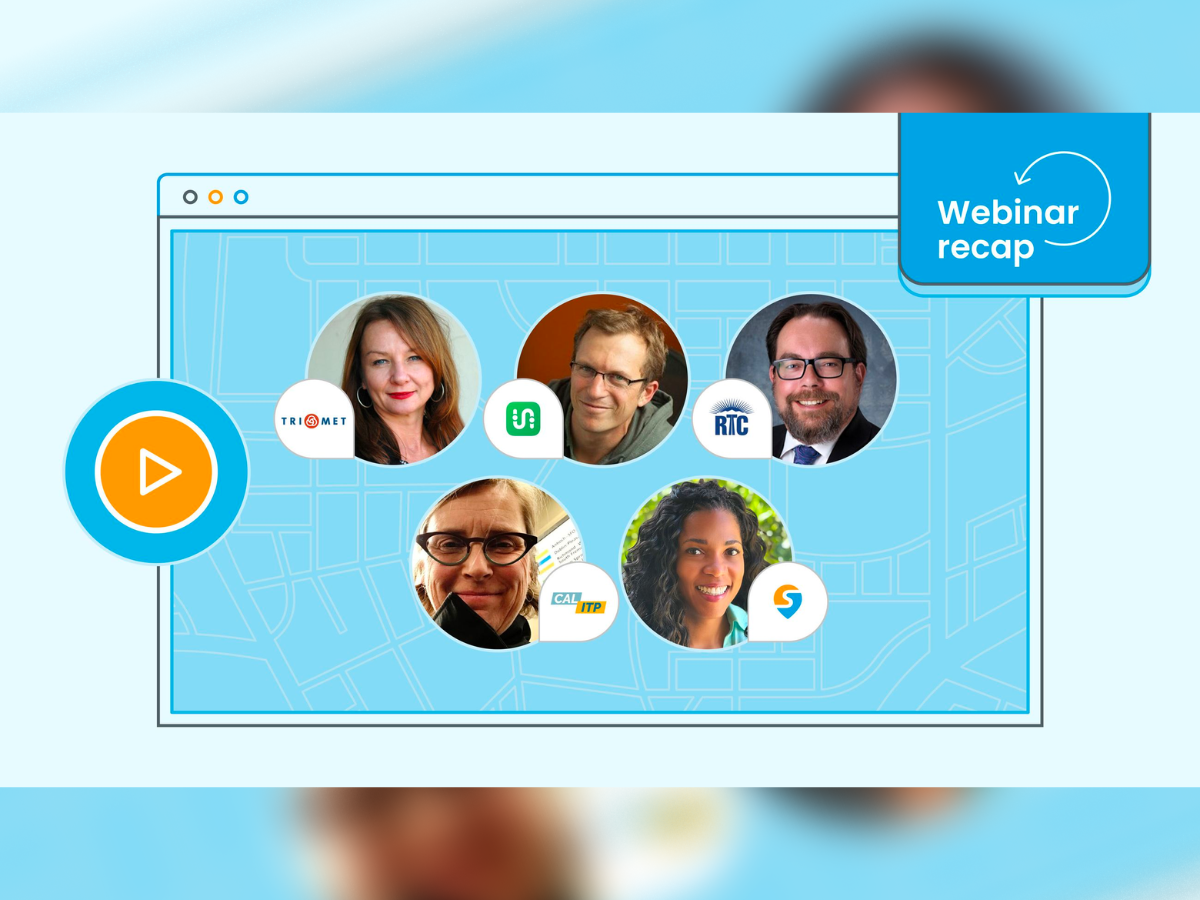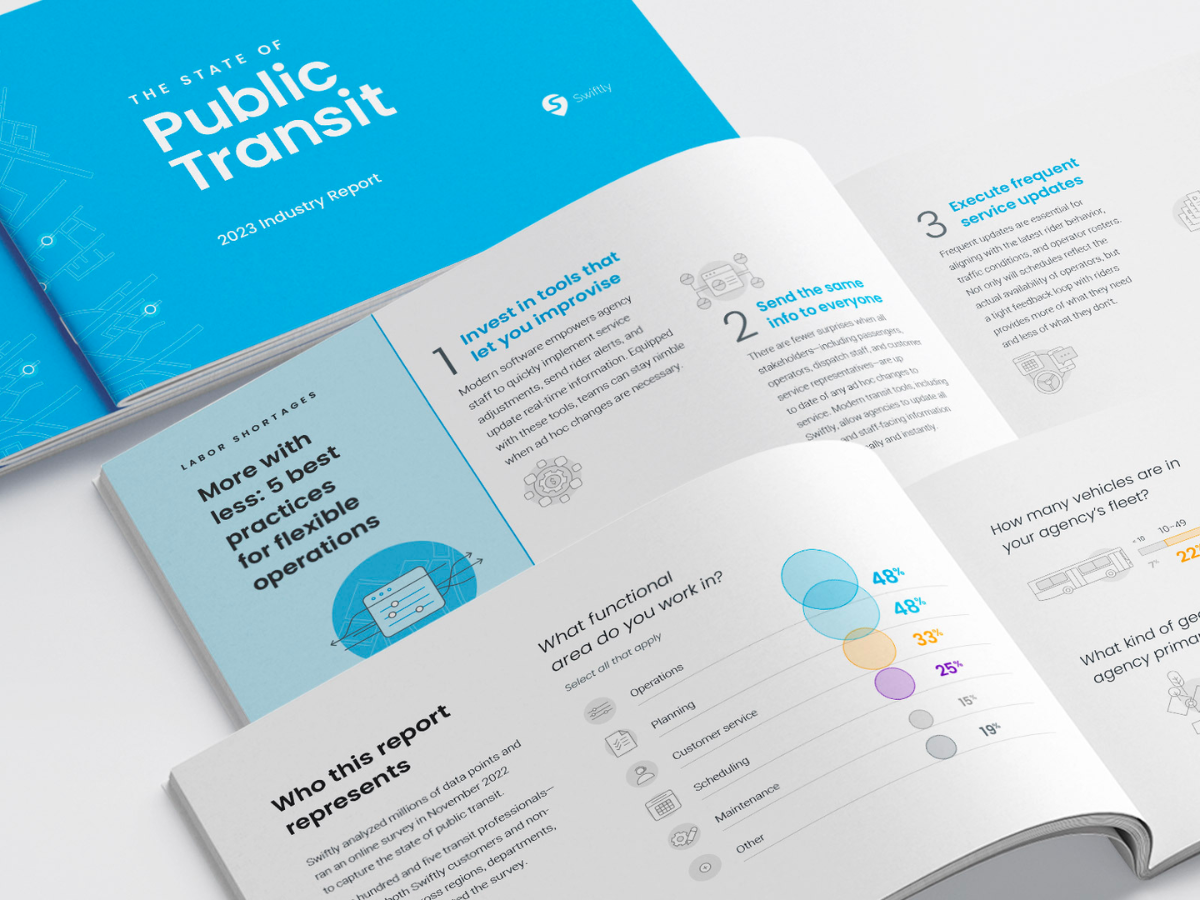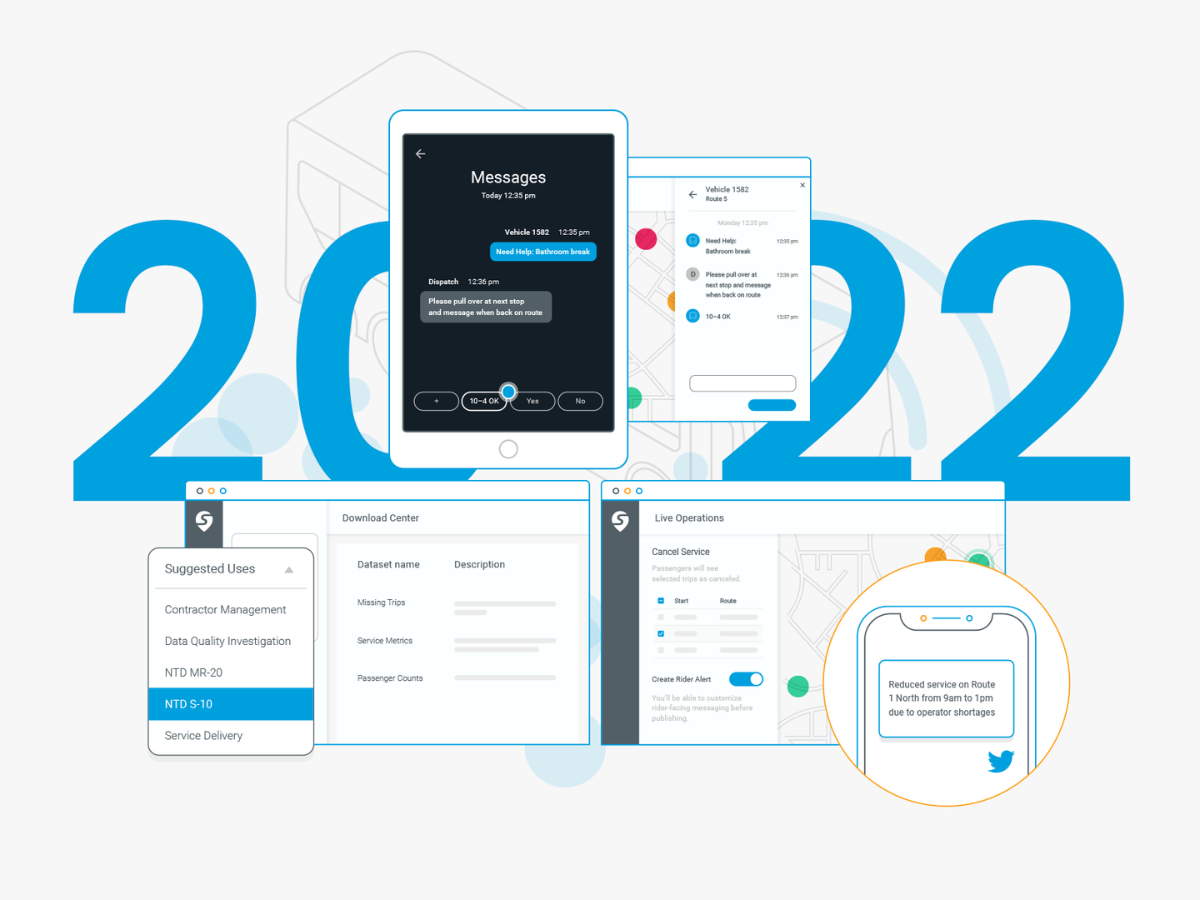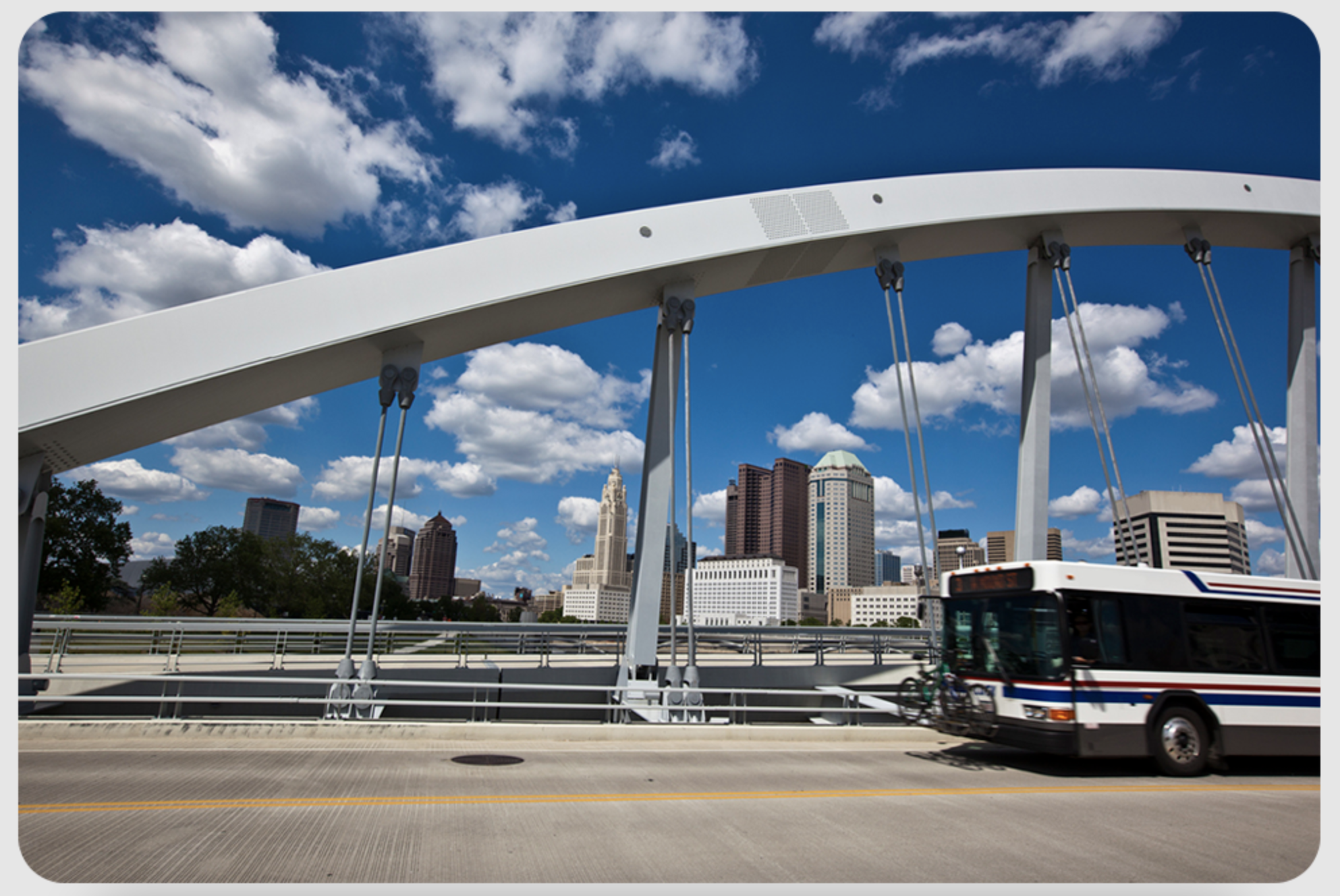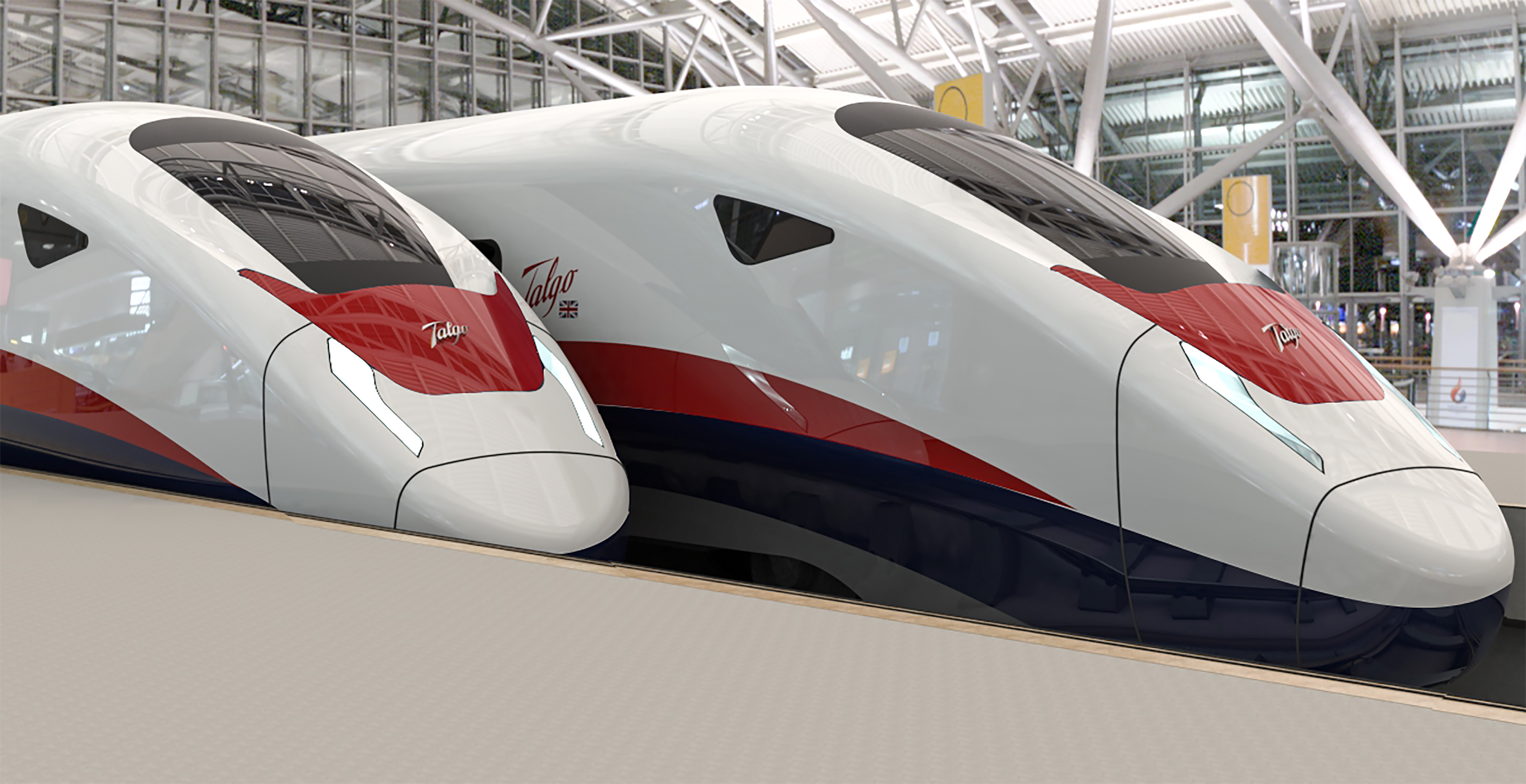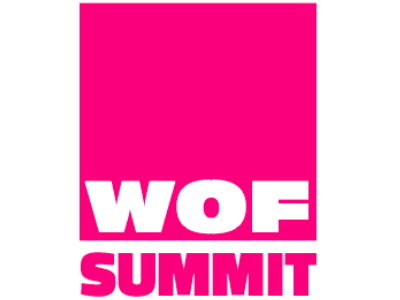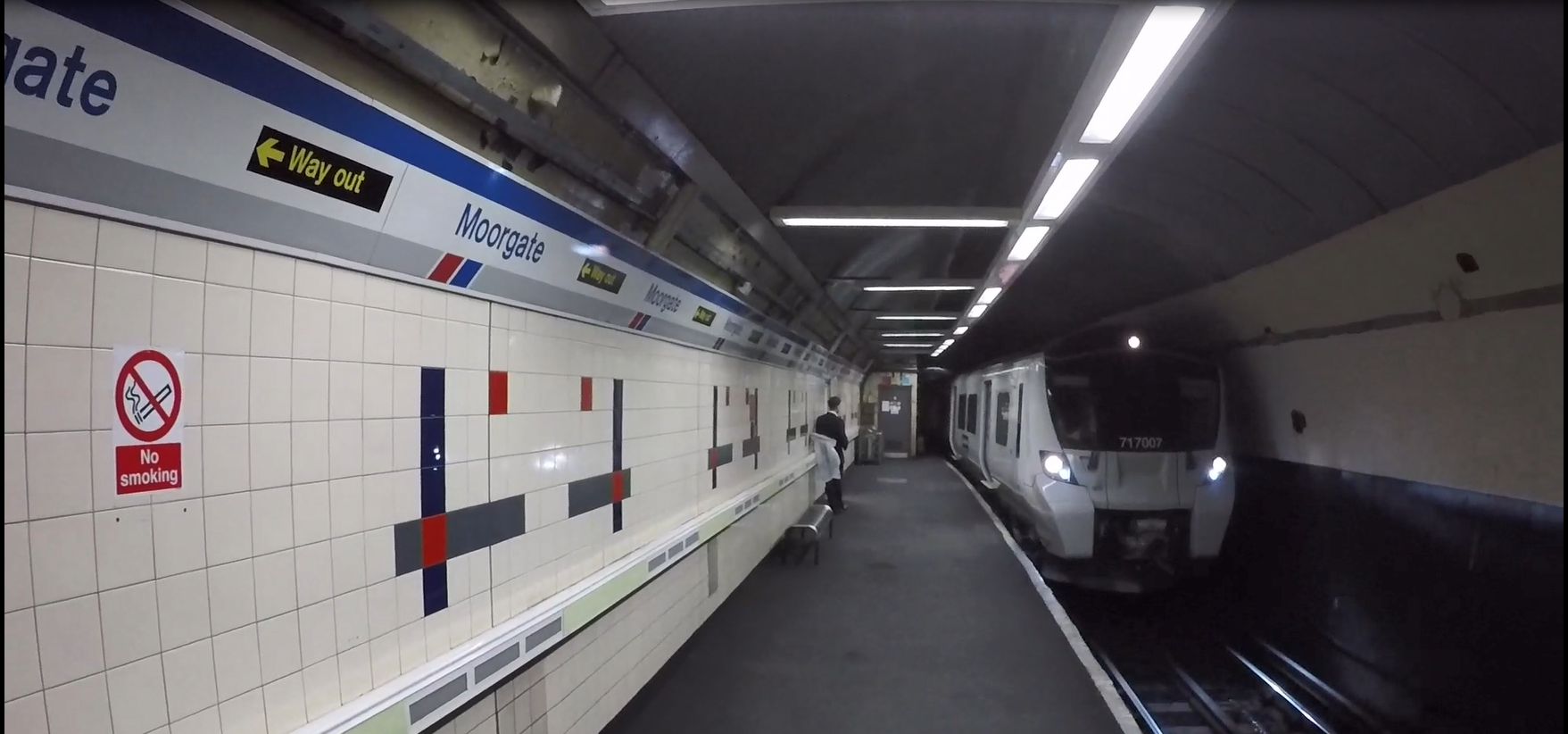Improving the Rider Experience with Outcome-Oriented Procurement
Strict requirements around government contracts have traditionally forced transit agencies to take a box-checking approach to acquiring goods and services, but this method of procurement can cause agencies to miss out on new solutions that could have a greater impact on the rider experience. There’s been a growing need to move away from this approach and focus instead on the actual outcomes that agencies are trying to achieve. The potential benefits are massive, particularly looking at how this approach has worked in other industries: For example, over the last decade, outcome-oriented government healthcare spending in the US has helped patients and lowered costs.
Swiftly was built with outcomes in mind – our mission to make cities move more efficiently. We focus on providing value and delivering outcomes above all else, and we want to partner with transit agencies and peers to do the same. We’ve outlined some of the best practices in procurement we’ve seen in the industry to help move towards this outcome-oriented future.

What Is Outcome-Oriented Procurement?
Outcome-oriented procurement involves selecting a vendor based on their capability to deliver against defined outcomes or success criteria. Outcome-oriented procurement challenges an agency to step back and think about why they are ultimately purchasing a new solution. It allows an agency to prioritize innovation and outcomes over price and feature check-lists. When an agency takes an outcome-oriented approach, they allow the supply market to propose innovative solutions that may otherwise be excluded from a conventional purchasing process.
So what does outcome-oriented procurement look like in practice? Let’s say an agency is looking to upgrade onboard tools and technology. In a traditional approach, they might start with a specific technology. Familiar vendors typically offer certain features with their products, so the agency evaluates which vendor can provide these features for the best value.
With outcome-oriented procurement, the process begins with an agency’s goals. The agency should ask what changes they want for riders and staff, and then look for solutions that might address those needs. Instead of starting with feature sets, the agency begins by writing down outcomes and then asks vendors to demonstrate how they would deliver those outcomes. For example, let’s say the desired outcome is improving on-time performance. Swiftly, for example, would aim to demonstrate how we have improved on-time performance through tools like Onboard App at other agencies, and how we can deliver similar outcomes to this agency.
Public transportation is essential to the economic vitality, environmental stability, and quality of life of the regions it serves. When it comes time to procure a new transit solution, agencies can use an outcome-oriented approach to make sure they are indexing for things like improved operational efficiency and better rider experience to evaluate the most innovative options available.
Three Best Practices for Outcome-Oriented Procurement
Start with What You’re Trying to Improve
When an agency sets out to procure a transit solution, they should ask: “What is my agency trying to accomplish by procuring this solution? How can I structure this solicitation to ensure the solution delivers those outcomes?”
Most agencies can categorize their desired outcomes in at least one of the following areas:
- SERVICE RELIABILITY
At many agencies, there are a number of factors hurting reliability: returning street traffic has caused on-time performance to dip 10 percent in 2021, early and late departures have risen since 2020, and operator shortages are forcing unplanned service cuts and cancellations. To address these issues, agencies can look for a solution that will help pinpoint areas where reliability is suffering and prioritize impactful changes.
Key metrics: Fewer early departures, early arrivals, late departures, late arrivals.
- PASSENGER INFORMATION
Ridership is still at only 60% of pre-pandemic levels, and nearly two thirds of passengers say that they’d ride more often if the accuracy of passenger information improved. With more than half of transit professionals reporting that their agencies make ad hoc changes to service multiple times a week, it’s critical to find a solution that gives passengers the most up to date information – without creating more work for staff.
Key metrics: Improved prediction accuracy, reduced time to alert riders of changes to service, reduced time to answer customer service calls.
- OPERATIONAL EFFICIENCY
For most agencies, small changes can add up to a big impact over time. If you’re looking to improve operational efficiency at your agency, seek out a solution that helps you make better use of the tools you already have at your disposal. Keep in mind as well that many vendors operate on the “razor-blade model” to maximize profits: as with razors and replacement blades, the upfront cost is low, but you’ll need to keep buying expensive upgrades to keep it running. You’ll want to find a tool that can help you make quick improvements in your schedule’s efficiency, like identifying routes with too much slack or understanding operator performance issues – without requiring a system overhaul.
Examples of how to measure it: Improved on-time performance, shorter run-times, fewer slowdowns
Once you’ve identified what you’re trying to improve, you should have a clear way to measure a tool’s success. Vendors should be able to demonstrate their value proposition to you during the bidding process and it should speak to the service you ultimately want to be providing to riders. They should also be able to provide a list of references that showcase ROI. With the right solution, you should be able to measure success every day. Has prediction accuracy improved? Is on-time performance better? Look at the metrics that ladder up to service reliability and see how they’re trending over time.
Use Data Standards to Enable a Best of Breed Approach Be Flexible about What You Require from Vendors
Many solicitations include a checklist of requirements for any new solutions, but that can be very restrictive and force agencies to favor a one-size-fits-all approach. A single solution is often inflexible and doesn’t leave room for new and innovative tools that will deliver on the goals an agency actually cares about. Instead, start thinking of your transit technology as flexible and modular. Opt for a best of breed approach. Find industry-leading solutions that can work in partnership and assemble a technology stack using multiple vendors. Push vendors to work together through common data standards so that every agency and every vendor doesn’t need to reinvent the wheel. Through this modular approach, agencies can swap out components at any time, enabling large-scale replacements to happen incrementally and smaller challenges to be solved in weeks, not years.
Build Evaluation Criteria for the Best Solution
The right technology solution improves an entire agency’s operations. It can help staff perform job functions more efficiently and provide metrics that inform cost-saving and time-saving choices that help riders. This sort of decision-making requires agencies to view transit technology as an investment in long-term success.
If you aren’t going to award contracts based on cost or on a checklist of minimum features, then what should you use as evaluation criteria? Metrics like improved on-time performance, decreased early departures, or better prediction accuracy can be a great guiding light. You should also take a look at a solution’s capability. What will you ultimately be able to achieve with this vendor? We recommend clearly outlining your success metrics. Will you have support that will help you get the most out of your purchase? You should ask for a dedicated partner at the vendor that is dedicated to helping you achieve the outcomes that matter most. What references can the vendor provide? How do other customers like working with this solution and what problems were they able to solve? Has it helped other agencies provide more reliable, transparent, and dynamic service? You should ask for at least three customer references with demonstrable ROI similar in scope to your agency’s project. These criteria should carry the most weight.
Transit’s Goal Is to Help Riders
The right transit technology can have a ripple effect across your entire agency and pave the way for better public transportation for your entire region. Get those benefits by writing a solicitation that focuses on the ultimate challenges your agency is facing and the problems you need to solve. By assessing vendors based on outcomes instead of costs, you’ll set your agency up for long-term success.
This article was originally published by Swiftly.


